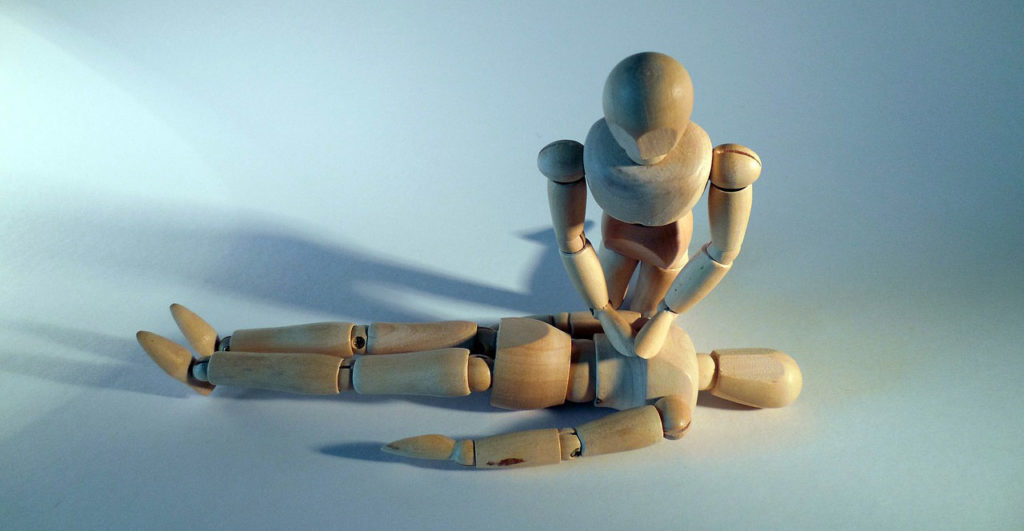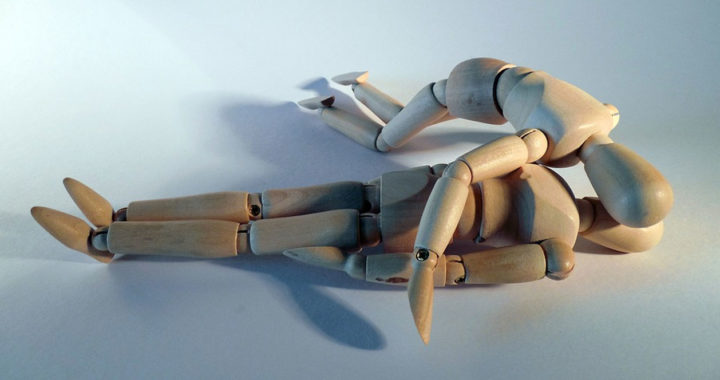Being able to administer basic first aid and health and safety is a very useful skill set to have. Whether it is at home or in the workplace, knowing key processes like what the correct CPR procedure is and how to dress a wound is vital to managing a situation before paramedics arrive.
As one of the leading providers of health and safety courses in Somerset we want to share our expertise and guidance for different scenarios. In this blog post we will be answering common questions such as ‘how do I give CPR?’ and ‘what are the correct CPR guidelines?’. We have also included a short video demonstrating the correct CPR technique.
What are the Correct CPR Guidelines?
As a general rule for every situation where you may need to administer health and safety you must ensure that the area is safe and that you are not putting yourself or others in danger. Once this has been established you can begin to follow these CPR guidelines.
The first thing that you need to check is if the casualty is breathing. If the casualty is not breathing then you must contact the emergency services immediately. Do not start performing CPR before you have made an emergency call.

How to Perform CPR – Chest Compressions
To begin performing the correct CPR procedure you must find the site of compression in the middle of the chest. Once you have located this area, drop to your knees and once in a stable position interlock your fingers, one hand on top of the other. You can now begin administering chest compressions.
When administering chest compressions these must be done at a rate of 2 per second. Chest compressions help to promote the flow of oxygenated blood to the vital organs around the body. After completing an initial 30 chest compressions you can now attempt to give the casualty two rescue breaths.
How to Give CPR Rescue Breaths
There are two different tools that you can use to when giving rescue breaths, there are face shields and pocket masks. Face shields are placed over the casualty’s face ensuring that you do not make contact with their face or fluids. These shields have an integrated air filter through which the rescue breaths are given. When using a face shield pinch the nose closed while giving the rescue breaths. This CPR procedure should also be followed if you are not using a shield or a mask.
A pocket mask covers the nose and mouth and has a tube through which the breaths are administered. If you are using a pocket mask then you should tilt the head back while giving the rescue breaths.
After giving two rescue breaths you should return immediately to giving chest compressions. These should again be administered at a rate of 2 per second. This CPR procedure of giving chest compressions and rescue breaths should be repeated until the casualty responds or until the emergency services arrive. If you are on the phone to the emergency services, they will advise you on how long you should continue this for.
CPR and First Aid Training in Somerset
As one of the leading providers of first aid training in Somerset we understand the importance of knowing the correct procedures when it comes to CPR and basic first aid. Administering this type of care can be crucial to keeping a casualty stable before the emergency services arrive.
If you are an employer, first aid training courses may be something you want to consider investing in for your employees. Having a team on site that is first aid trained and that responds to incidents should be a priority.
We offer professional first aid courses in Somerset. We can visit your business to put together relevant presentations tailored to your company’s specific needs using our new Tool Box Talk System. Please do contact us if you think this is something your company would benefit from.

Pingback: Paediatric First Aid Courses Yeovil - Lightning Training Solutions Blog